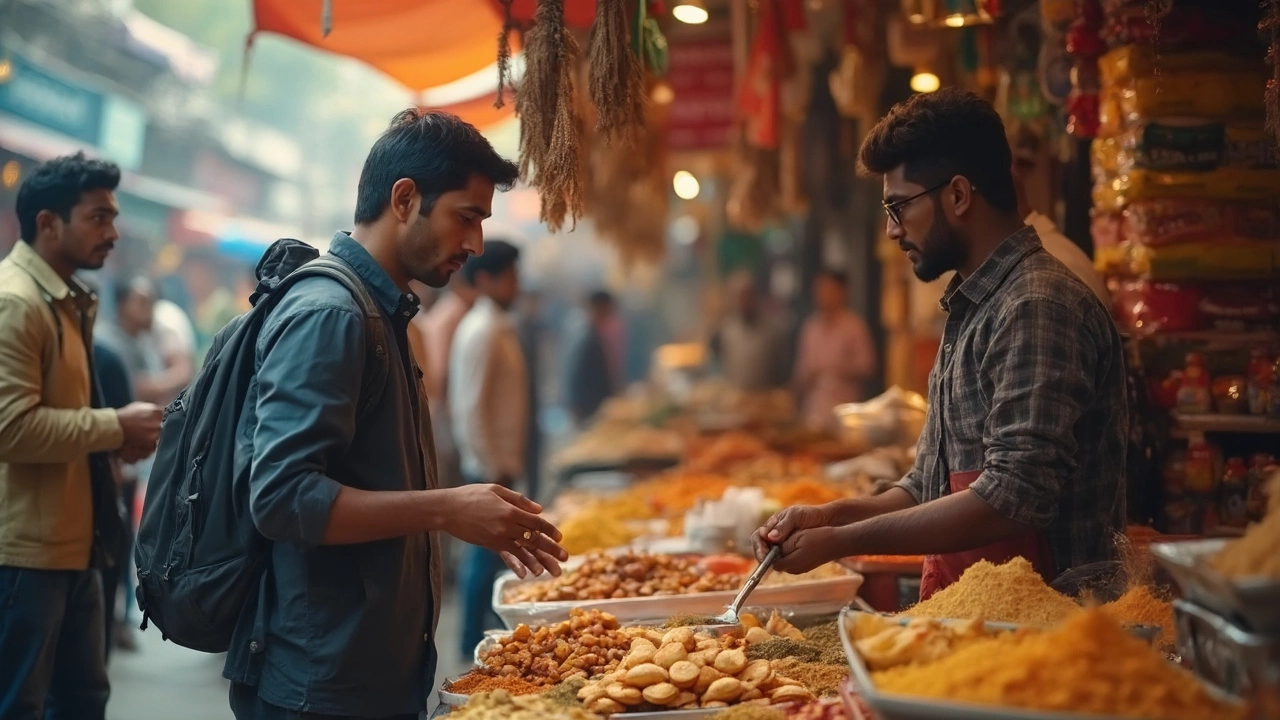Food Safety in India: What Tourists Need to Know
When you're traveling in India, food safety, the practice of handling, preparing, and storing food to prevent illness. It's not just about avoiding stomach bugs—it's about enjoying the richest, most flavorful cuisine on earth without worry. Many travelers hear horror stories about "Delhi Belly," but the truth is simple: most foodborne illness comes from a few avoidable mistakes, not random bad luck.
Indian street food, a vibrant, affordable, and essential part of daily life across the country. Also known as chaat, it's where the real flavor lives—from sizzling samosas to spicy pani puri. But not all stalls are equal. The best ones are busy. Why? Because high turnover means fresh ingredients, hot oil, and less time for bacteria to grow. Look for crowds of locals, steam rising from the pot, and food cooked right in front of you. Avoid anything sitting out for hours, raw salads washed in tap water, or drinks with ice you didn't see made. food hygiene India, the standards and habits that keep meals safe for millions every day. While regulations vary, most successful vendors follow unwritten rules passed down for generations: boil water before using it, wash hands before touching food, use clean cloths for serving, and never reuse oil. Tourists don’t need to be experts—just observant. Choose places where the cook handles money and food with separate hands, or uses gloves and tongs. Bottled water is a must. Skip fountain drinks. Stick to sealed bottles or hot tea and coffee.
It’s not about fear. It’s about smart choices. You can eat everything in India—curries, chutneys, fried snacks, even raw mangoes—if you know where to look. The same rules apply whether you're in Mumbai, Jaipur, or Varanasi. Hot food is your friend. Cold salads are risky. Fresh fruit? Peel it yourself. Street chai? Always served boiling. And if you're unsure, ask your driver or hotel staff—they know the safest spots. travel food tips, practical habits that keep you healthy while exploring new cultures. Include carrying hand sanitizer, avoiding raw milk products, and packing oral rehydration salts just in case. Most people who get sick do so because they ignore the basics, not because the food is inherently dangerous.
What you’ll find below are real, tested guides from travelers who ate their way across India—without ending up in a hospital. From what Americans can safely eat in North India, to how to pick the cleanest roadside stalls, these posts give you the exact details you need. No fluff. No guesses. Just clear, practical advice so you can eat like a local—with zero worry.
Delhi Belly: How to Avoid It on Your Indian Budget Adventure
Worried about Delhi belly ruining your trip to India? This article breaks down simple, effective ways to dodge stomach troubles while travelling on a budget. Learn what to eat, what to avoid, and how to spot safe options whether you’re eating street food or at a local cafe. Get practical, street-smart advice and some lesser-known tips, all from someone who loves exploring India with a wagging dog back home. Stay healthy and make your India adventure memorable for the right reasons.
Read more